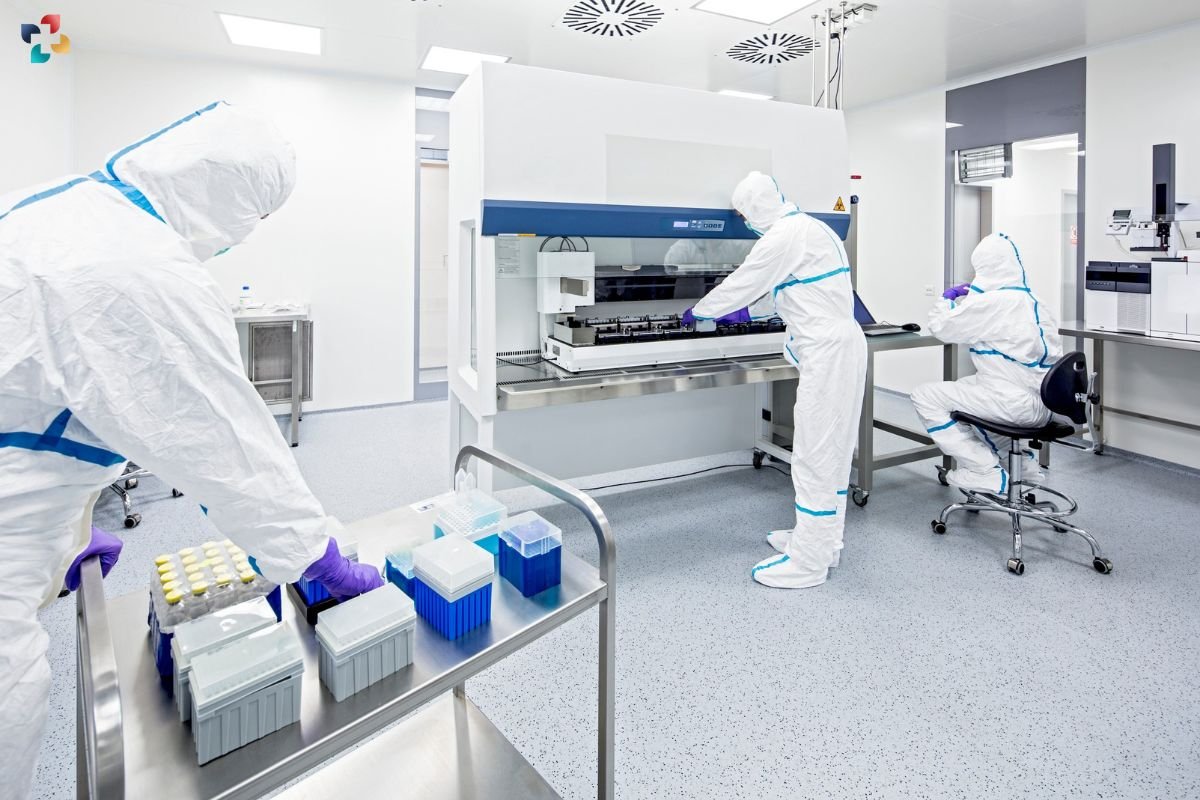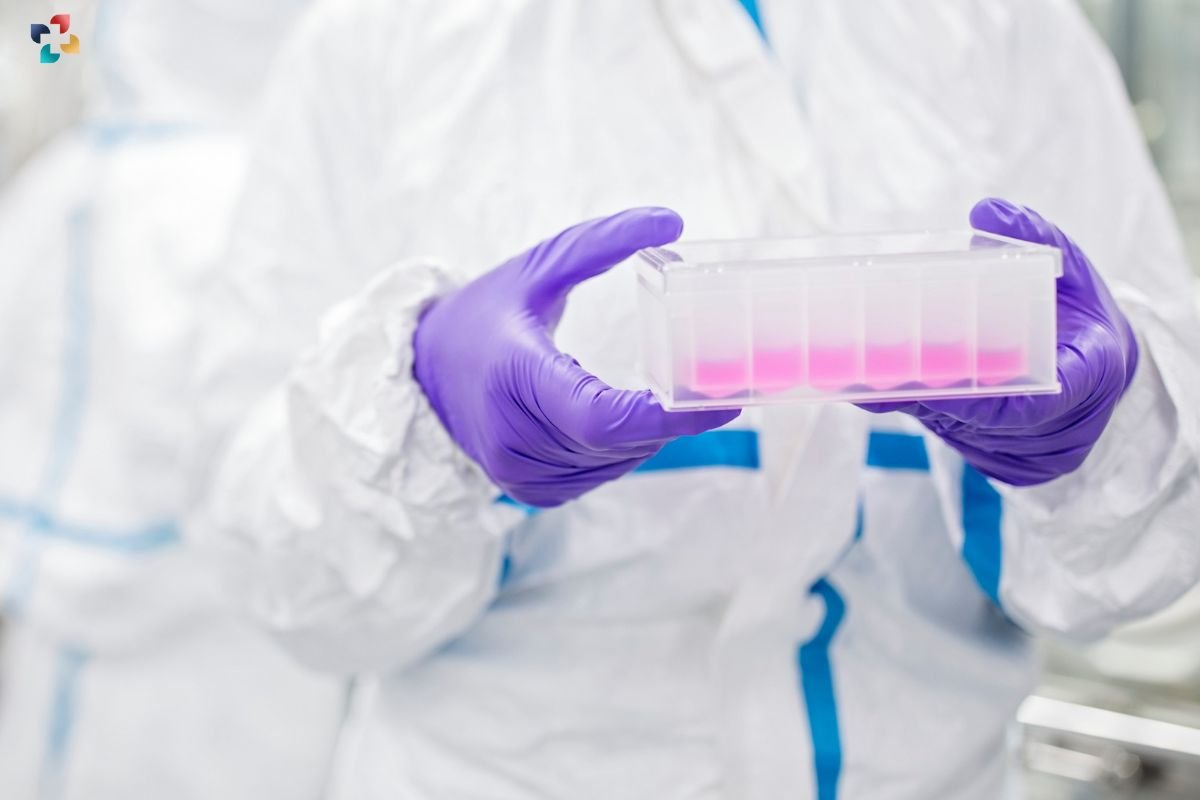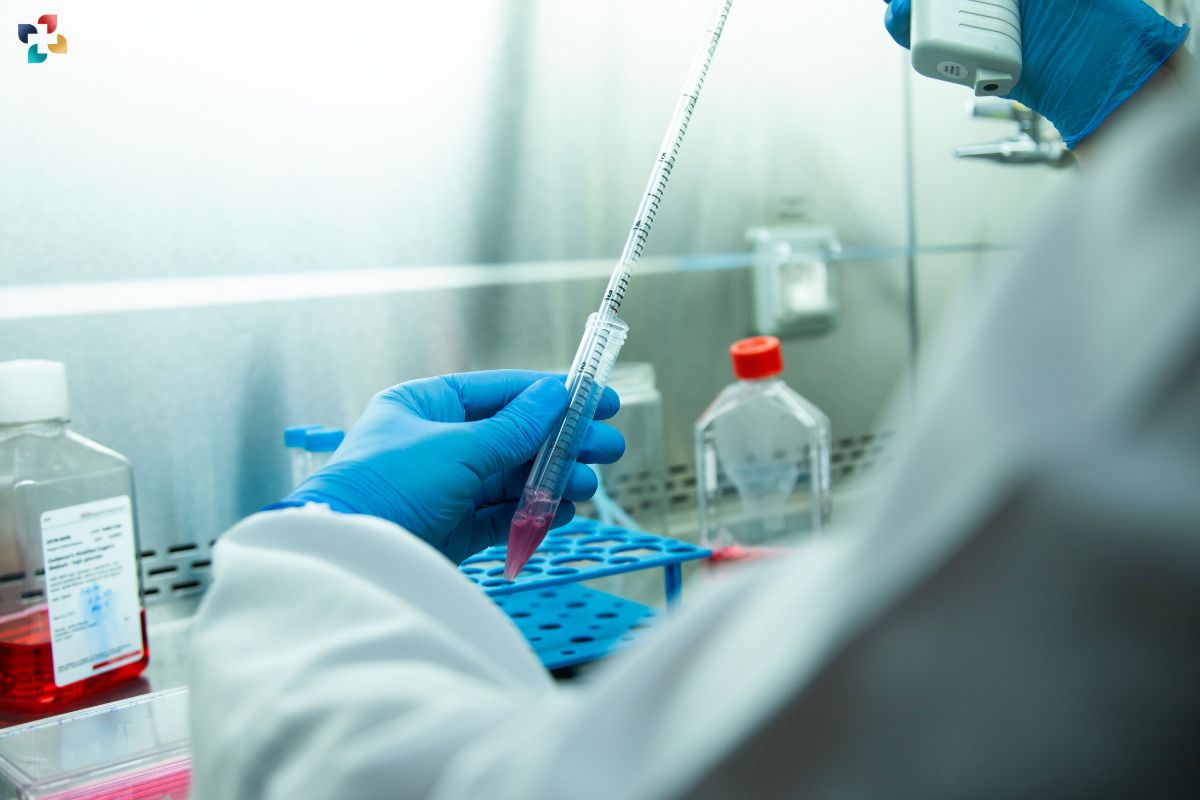In the realm of modern agriculture, the term “bioengineering food” has emerged as a beacon of innovation and controversy. With the global population steadily rising and environmental challenges mounting, the need for sustainable food production methods has never been more pressing. Bioengineering food, often referred to as genetic engineering or biotechnology, holds immense promise in addressing these challenges by enhancing crop resilience, nutritional value, and yield. In this article, we delve into the intricacies of bioengineering food and explore its potential to revolutionize the way we produce and consume food.
Understanding Bioengineering Food
It encompasses a range of techniques aimed at modifying the genetic makeup of plants and animals to achieve desired traits. These techniques may involve the insertion, deletion, or modification of specific genes to confer traits such as pest resistance, drought tolerance, or enhanced nutritional content. While traditional breeding methods rely on natural genetic variation, bioengineering allows scientists to precisely target and manipulate genes, resulting in faster and more predictable outcomes.
One of the most widely known examples of bioengineering food is the development of genetically modified (GM) crops. GM crops have been engineered to resist pests, tolerate herbicides, and withstand harsh environmental conditions. These traits not only improve crop productivity but also reduce the need for chemical inputs, thus minimizing environmental impact.
It also extends beyond crop improvement to include the modification of livestock for enhanced productivity and disease resistance. Through techniques such as gene editing, scientists can introduce beneficial traits into livestock breeds, leading to healthier animals and more sustainable meat production practices.
Benefits of Bioengineering Food
The adoption of bioengineering food offers numerous potential benefits for both farmers and consumers. One of the primary advantages is increased agricultural productivity. By engineering crops to resist pests and diseases, farmers can reduce crop losses and achieve higher yields, ensuring food security for a growing global population.

Furthermore, bioengineered crops can thrive in adverse environmental conditions, such as drought or salinity, where traditional varieties may struggle to survive. This resilience is particularly valuable in regions prone to climate extremes, where maintaining consistent yields is essential for livelihoods and food availability.
In addition to productivity gains, bioengineering food has the potential to improve nutritional quality. Scientists can enhance the nutritional content of crops by fortifying them with essential vitamins and minerals or by reducing anti-nutritional factors. This could address malnutrition issues prevalent in many parts of the world, contributing to better public health outcomes.
Moreover, bioengineering food has the capacity to reduce the environmental footprint of agriculture. By minimizing the use of chemical pesticides and fertilizers, bioengineered crops help mitigate water pollution, soil degradation, and greenhouse gas emissions associated with conventional farming practices. This aligns with broader sustainability goals and promotes more eco-friendly agricultural systems.
Challenges and Controversies
Despite its potential benefits, bioengineering food is not without controversy and challenges. One of the primary concerns is the perceived risk to human health and the environment. Critics argue that genetically modified organisms (GMOs) may pose unknown risks to ecosystems and biodiversity, while others raise questions about the long-term effects of consuming bioengineered foods.

Furthermore, there are socio-economic implications associated with the widespread adoption of bioengineering food. Concerns have been raised about the concentration of power and control in the hands of a few multinational corporations that dominate the biotechnology industry. Additionally, small-scale farmers in developing countries may face barriers to accessing and adopting bioengineered seeds, exacerbating inequalities within the agricultural sector.
Regulatory frameworks governing bioengineering food vary across jurisdictions, adding another layer of complexity to its acceptance and deployment. While some countries have stringent regulations in place to ensure safety and transparency, others have adopted more permissive approaches, leading to divergent views on the risks and benefits of bioengineered crops and products.
Future Outlook
Despite the challenges and controversies surrounding bioengineering food, its potential to address pressing agricultural and environmental issues cannot be overlooked. As technology continues to advance, we can expect further innovations in genetic engineering techniques, leading to more precise and targeted modifications in crops and livestock.

Moreover, public perception and acceptance of bioengineering food may evolve over time as more research is conducted and real-world outcomes are observed. Education and communication efforts are crucial in fostering informed discussions about the benefits, risks, and ethical considerations associated with bioengineering food, enabling stakeholders to make evidence-based decisions.
Conclusion
Bioengineering food represents a paradigm shift in agriculture with the potential to enhance food security, nutrition, and sustainability on a global scale. While challenges remain, the continued exploration and responsible deployment of biotechnology hold promise for a more resilient and equitable food system in the years to come. Embracing innovation while addressing concerns is key to realizing the full potential of bioengineering food in shaping the future of agriculture.
FAQs
1. What is bioengineering food, and how does it differ from traditional breeding methods?
Ans: Bioengineering food involves the precise modification of an organism’s genetic material to introduce desirable traits, whereas traditional breeding relies on natural genetic variation and selection. Bioengineering allows scientists to target specific genes and achieve desired outcomes more rapidly and predictably than traditional breeding methods.
2. Are bioengineered foods safe to eat?
Ans: Extensive scientific research conducted over several decades has consistently demonstrated the safety of bioengineered foods for human consumption. Regulatory agencies worldwide, including the FDA in the United States and the EFSA in Europe, rigorously assess the safety of bioengineered crops before approving them for commercialization. Additionally, bioengineered foods undergo thorough testing for allergenicity, toxicity, and nutritional composition to ensure they meet established safety standards.
3. What are some examples of bioengineered foods currently available in the market?
Ans: Several bioengineered crops are commercially cultivated and consumed worldwide, including genetically modified varieties of soybeans, corn, cotton, and canola. These crops have been engineered to exhibit traits such as herbicide tolerance, insect resistance, and improved nutritional profiles. Additionally, bioengineered enzymes and microorganisms are used in food processing and manufacturing to enhance efficiency and quality.
4. What are the environmental benefits of bioengineering food?
Ans: Bioengineering food offers several environmental benefits, including reduced pesticide usage, decreased soil erosion, and lower greenhouse gas emissions. By engineering crops for pest resistance and tolerance to environmental stresses such as drought and salinity, farmers can minimize the need for chemical inputs and adopt more sustainable agricultural practices. Additionally, bioengineered crops require fewer tillage operations, which helps conserve soil health and biodiversity.
5. How does bioengineering food contribute to global food security and sustainability?
Ans: Bioengineering food plays a crucial role in enhancing global food security by increasing crop productivity, improving nutritional quality, and mitigating the impacts of climate change on agriculture. By developing crops that can thrive in diverse environmental conditions and resist pests and diseases, bioengineering helps ensure stable food production in the face of evolving challenges. Moreover, the adoption of bioengineered crops can reduce the pressure on natural ecosystems and promote more efficient land use, contributing to long-term sustainability goals.







